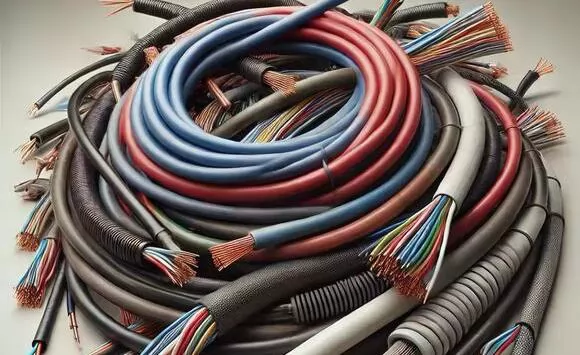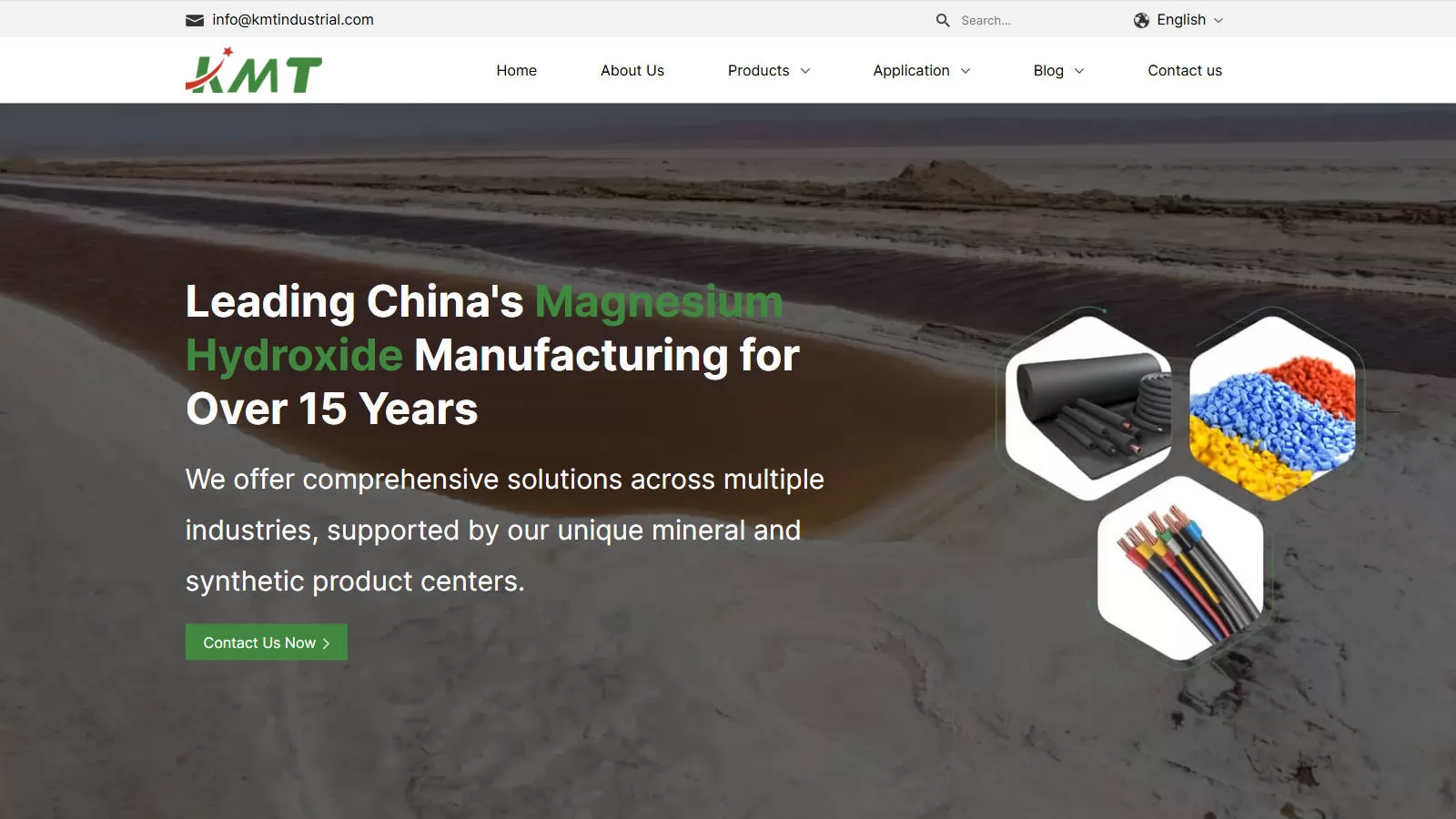


- Home
- About Us
-
Products
.png)
-
Application
.png)
-
Blog
.png)
- Contact us


Halogen-Free Flame Retardants: Benefits & Uses in 2025

As fire safety and environmental concerns rise, halogen-free flame retardants are gaining traction across industries in 2025. These innovative additives prevent fires without the toxic downsides of traditional options, making them a go-to choice for eco-conscious engineers and researchers. But what exactly are they, and why are they shaping the future of materials science? This article dives into their definition, benefits, types, applications, and more, offering insights as of March 11, 2025.
What Are Halogen-Free Flame Retardants?
Halogen-free flame retardants are additives designed to slow or stop fire spread in materials like plastics, textiles, and electronics—without using halogens such as chlorine or bromine. Unlike their halogenated counterparts, these compounds prioritize safety and sustainability. They work by forming protective barriers, releasing non-toxic gases, or interrupting combustion chemically.
Why the shift? Growing fire safety regulations and public demand for eco-friendly flame retardants are pushing industries to adopt these alternatives. From phosphorus-based solutions to mineral fillers, halogen-free options are redefining fire protection in 2025.
Halogenated vs. Halogen-Free Flame Retardants: Key Differences
Understanding the distinction between halogenated and halogen-free flame retardants is crucial. Here’s a detailed comparison:
| Aspect | Halogenated Flame Retardants | Halogen-Free Flame Retardants |
|---|---|---|
| Composition | Contains bromine, chlorine, etc. | No halogens; uses phosphorus, minerals |
| Fire Mechanism | Releases radicals to disrupt combustion | Forms barriers, cools, or dilutes flames |
| Toxicity | Emits toxic, corrosive gases (e.g., hydrogen halides) | Minimal toxins, less smoke |
| Environmental Impact | Bioaccumulates, harms ecosystems | Non-bioaccumulative, eco-friendly |
| Regulation | Facing stricter bans (e.g., EU) | Aligns with fire safety regulations |
For example, studies from the ENFIRO project show halogen-free options don’t bioaccumulate, unlike halogenated types, which can act as endocrine disruptors. This makes non-halogenated flame retardants a safer, greener choice for 2025.
Key Benefits of Halogen-Free Flame Retardants
Why choose halogen-free flame retardants? The benefits are clear:
-
Reduced Toxicity: They emit minimal toxic fumes when burned, protecting both people and the environment.
-
Eco-Friendly: With no halogens, these retardants support sustainability goals and comply with global standards.
-
Lower Smoke: Ideal for confined spaces, they improve visibility and safety during fires.
Data backs this up. Materials treated with aluminium trihydrate (ATH) can boost the Limiting Oxygen Index (LOI) from 21.5% to 29.6%, per a 2019 Springer study. These advantages make halogen-free flame retardants a top pick for forward-thinking industries.
Types of Halogen-Free Flame Retardants
Not all halogen-free flame retardants are the same. Here’s a breakdown of the main types:
Intumescent Flame Retardants
These create a carbon-rich foam barrier when heated, insulating materials from flames. Ammonium polyphosphate (APP) is a common example, widely used in coatings and plastics.
Organophosphorus Flame Retardants
Phosphorus-based flame retardants like phosphate esters work in both gas and solid phases, neutralizing free radicals or forming protective chars. They’re versatile for electronics and textiles.
Endothermic Flame Retardants
Compounds like magnesium hydroxide (MH) release water or CO2 when heated, cooling the material and diluting flammable gases. They’re cost-effective and popular in cables.
Each type offers unique strengths, letting engineers tailor solutions to specific needs in 2025.
Applications of Halogen-Free Flame Retardants

Wire and Cable
Halogen-free flame retardants like magnesium hydroxide reduce smoke and toxicity in cable insulation. They meet standards like ISO 6722 for automotive and building wiring.

Building Materials
In insulation and panels, compounds like ATH enhance fire resistance while aligning with green building codes. They’re vital for safe, sustainable construction in 2025.

Electronic and Electrical Applications
Phosphorus-based flame retardants ensure fire safety in circuit boards and casings. They comply with UL-94 V0, protecting devices without toxic emissions.
Recommended Raw Material Suppliers

Sourcing high-quality halogen-free flame retardants is key to success. One standout supplier is KMT Industrial, a trusted name in the industry. They offer a range of phosphorus-based and mineral options, catering to electronics, construction, and more. Their expertise ensures you get reliable, compliant materials for your 2025 projects. Whether you’re scaling production or prototyping, KMT Industrial’s offerings are worth exploring.
Challenges of Halogen-Free Flame Retardants
Despite their promise, halogen-free flame retardants face hurdles:
- Cost: They can be pricier than halogenated options, impacting budgets.
- Performance Trade-Offs: High loadings might affect a material’s strength or flexibility, as noted in Springer research.
- Compatibility: Not all polymers play nice with every retardant type, requiring careful formulation.
Researchers are tackling these issues, but they remain considerations for engineers in 2025.
Future Trends in Halogen-Free Flame Retardants
What’s next for halogen-free flame retardants? As of March 11, 2025, the outlook is exciting:
Greener Innovations
Bio-based retardants, like DNA for fabrics or casein proteins, are emerging. These phosphorus-based flame retardants promise sustainability without sacrificing efficacy.
Regulatory Push
Tighter fire safety regulations globally—like EU REACH updates—will boost adoption, especially in electronics and transportation.
Performance Boost
R&D is closing the gap on cost and compatibility. Companies like Clariant are rolling out renewable-based Exolit™ products, setting the stage for a dynamic future.
The trajectory is clear: halogen-free flame retardants are here to stay, evolving to meet tomorrow’s needs.
Conclusion
Halogen-free flame retardants are transforming fire safety in 2025, blending performance with planet-friendly benefits. From electronics to construction, their applications are vast, driven by types like intumescent and endothermic solutions. While challenges like cost linger, suppliers like KMT Industrial and ongoing innovations are paving the way forward. For researchers, engineers, and eco-conscious readers, these retardants offer a compelling mix of safety and sustainability—perfect for a world prioritizing both.
Your Name*
Your Email*
-
2025-Mar-26MDH PM5SN vs. M5SM: Top Flame Retardant Showdown in EVA FormulasWhich magnesium hydroxide wins in EVA? Compare PM5SN vs. M5SM for flame retardancy, strength, and processing—expert results revealed!
-
2025-Mar-25Fix LSZH Cable Issues: Rough Surfaces, Slow Speeds SolvedRough LSZH cables or slow production? Get expert fixes from 10+ years in the industry. Improve HFFR efficiency today!
-
2025-Mar-17Top 10 Magnesium Hydroxide Manufacturers in 2025The top ten magnesium hydroxide manufacturers and suppliers leading the global market in 2025, the evaluation report is provided by the strongest ai model Grok3.


-

 +86-931-7653361
+86-931-7653361 Room 1212, 1213, Jinhe Building, No. 1264 Beibinhe West Road, Anning District, Lanzhou City, Gansu Province, China.
Room 1212, 1213, Jinhe Building, No. 1264 Beibinhe West Road, Anning District, Lanzhou City, Gansu Province, China. -
Quick Links
-
Products












